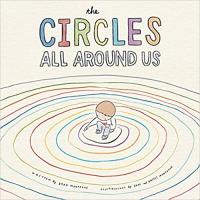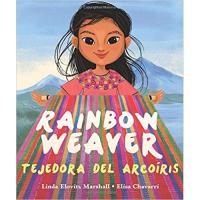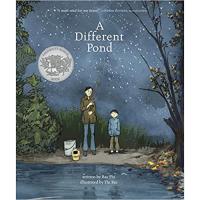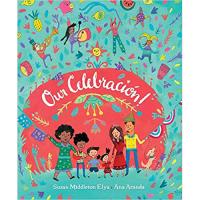This lesson explores the language of disability and the importance of asking people about themselves with curiosity rather than treating disabilities as taboo. We learn to use people-first language.
- Read more about The Language of Disability
- Log in or register to post comments




